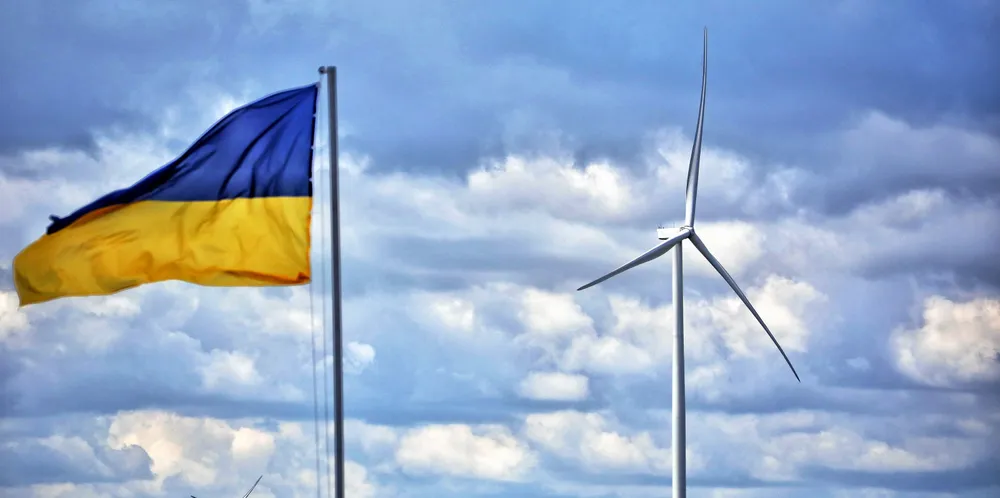Ukraine war | Green hydrogen 'now cheaper than grey in Europe, Middle East and China': BNEF
The invasion by Russia and the subsequent moves to reduce reliance on its gas means that renewable H2 could already be seen as a viable option over the long term, says analyst
